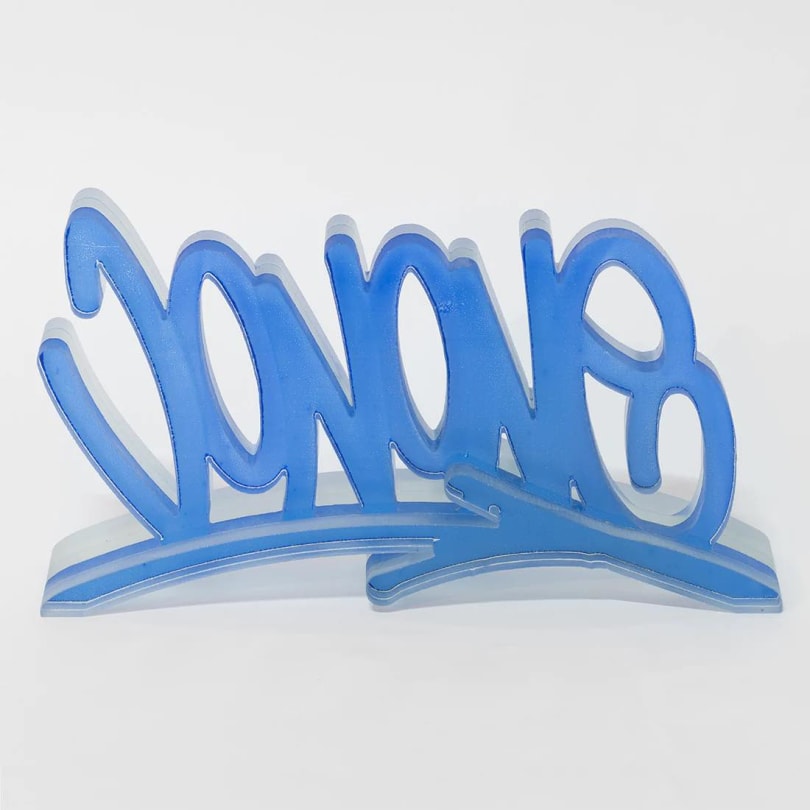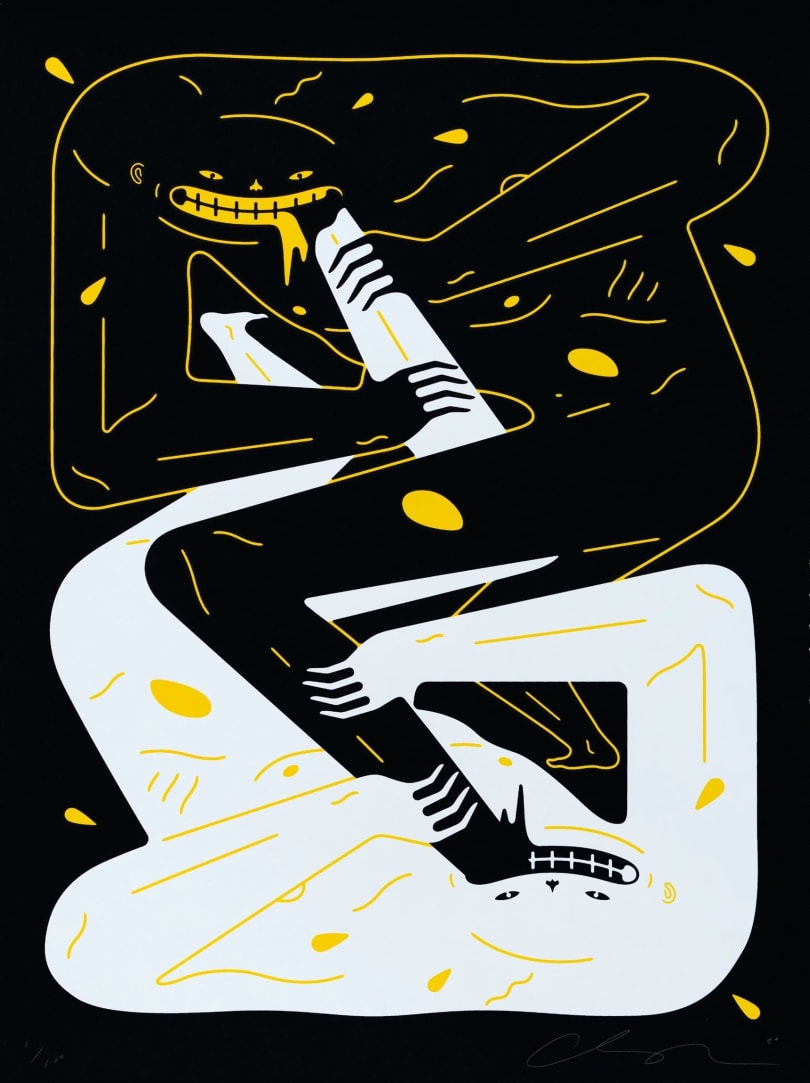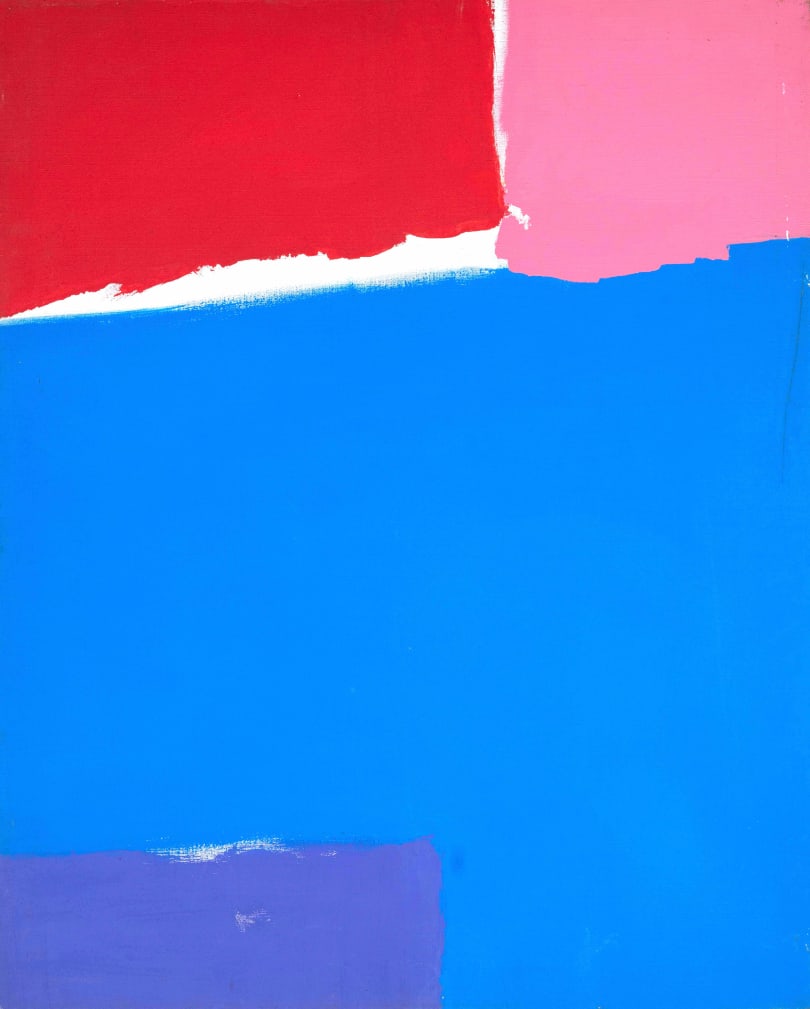
Artwork information
Category
PrintTechnique
Color lithography on Arches paperDate
1952Dimensions
65 cm x 50 cmSignature
Signed lower leftProof(s) of authenticity
Lithograph sold with a certificate of authenticity issued by the publisher Mourlot.State of conservation
Very goodFraming
YesLocation
Paris, FranceDescription
This lithograph was made from a paper model cut directly under the supervision of Henri Matisse. "Composition pour le Centenaire de l'Imprimerie Mourlot" is the original exhibition poster made by Henri Matisse for the centenary of the Mourlot printing house which took place at the Galerie Kléber in Paris during the winter of 1952-1953.
This rare color lithograph printed on Arches paper is a proof from the Mourlot Studio. Contrary to most color lithographs which are derived from Matisse's famous compositions on cut paper, often small formats, this work was created from the beginning by Henri Matisse in this rather imposing format for a lithograph: 65 x 50 cm.
Henri Matisse warmly thanked Fernand Mourlot for introducing him to the creative possibilities of lithography. In the early 1950s, Fernand Mourlot showed him how his combinations of patterns and shapes painted in subtle tones and colors could have exceptional renderings in the form of lithographs.
This work is sold in a light wood frame.



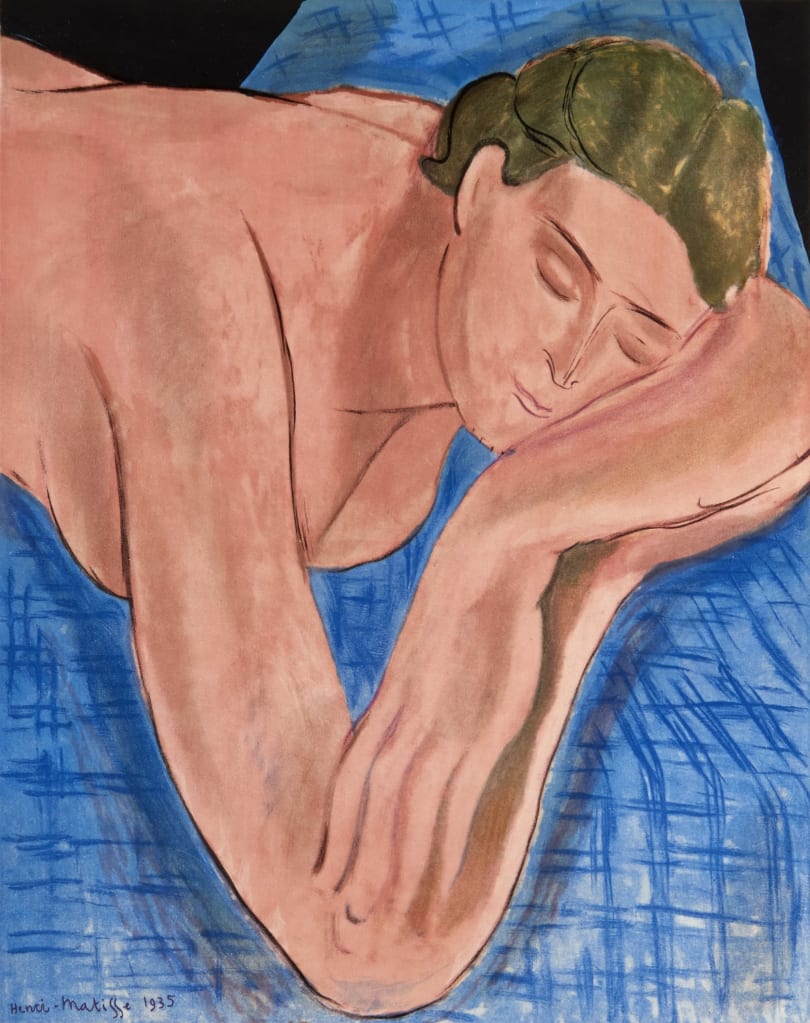





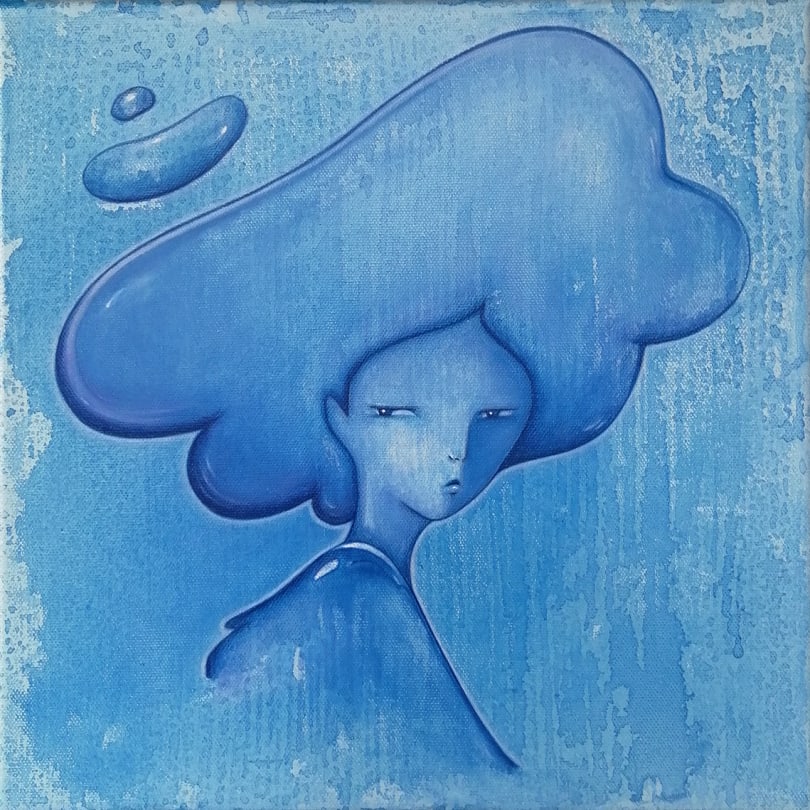



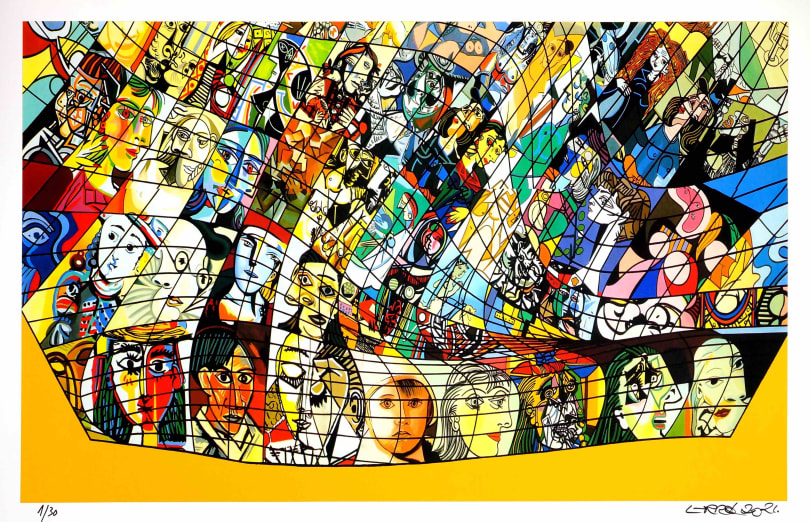
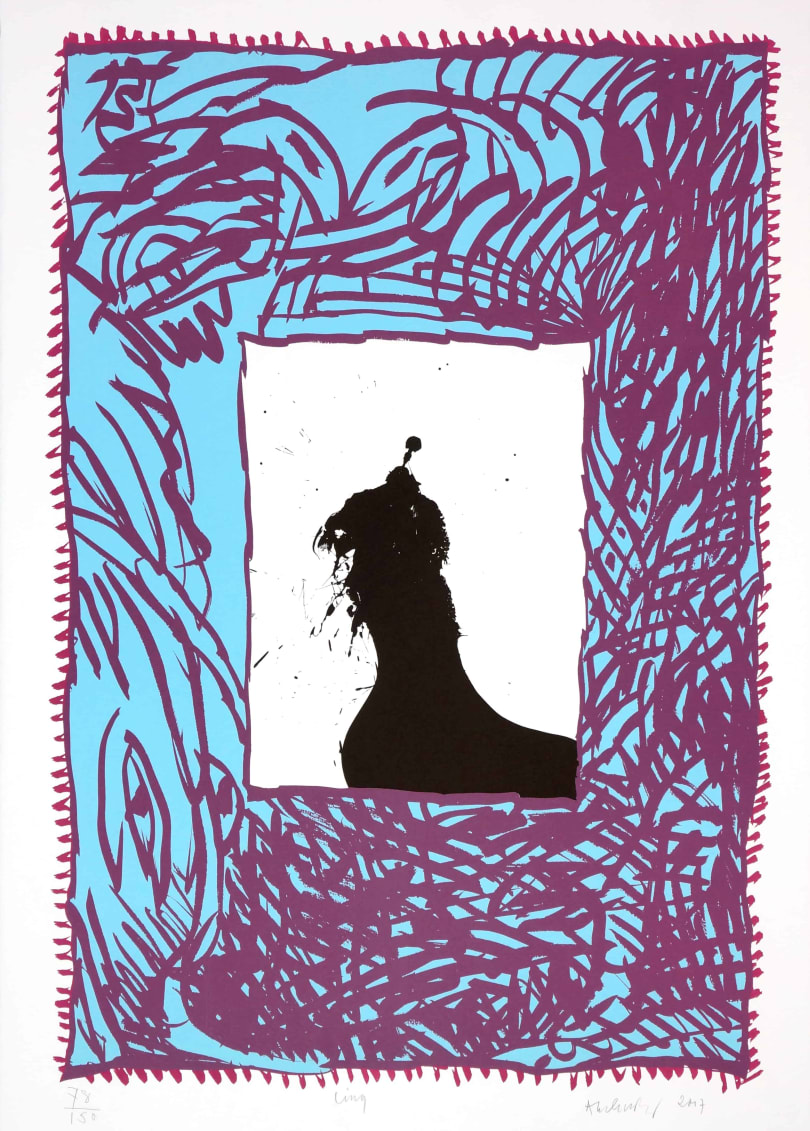







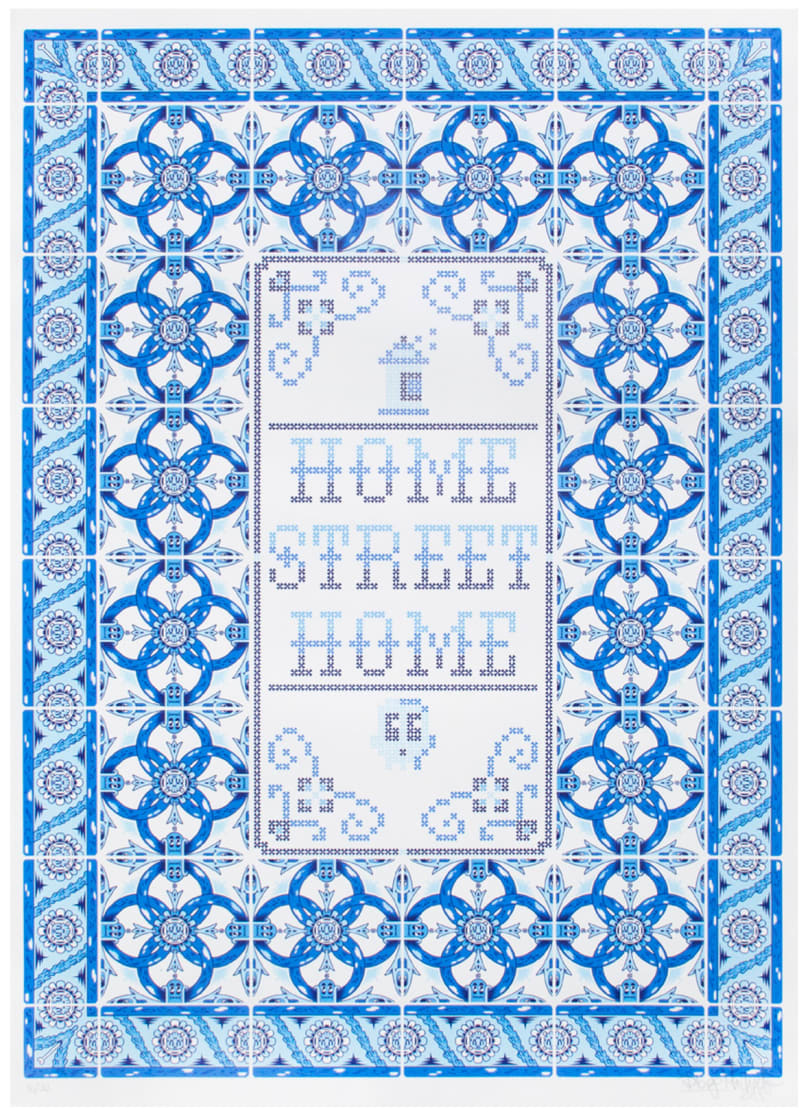


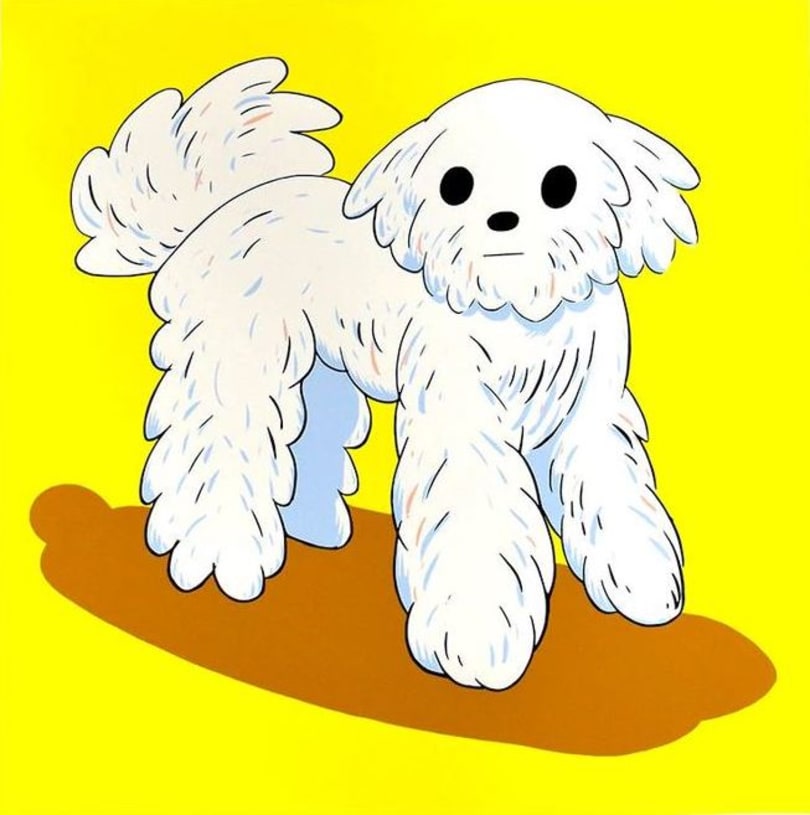
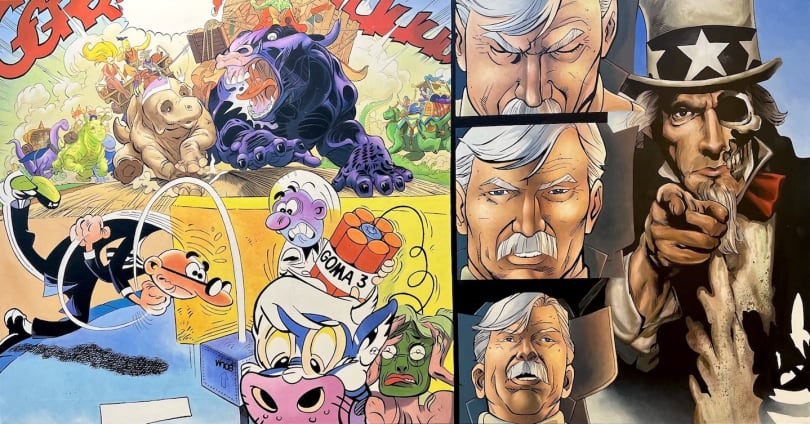


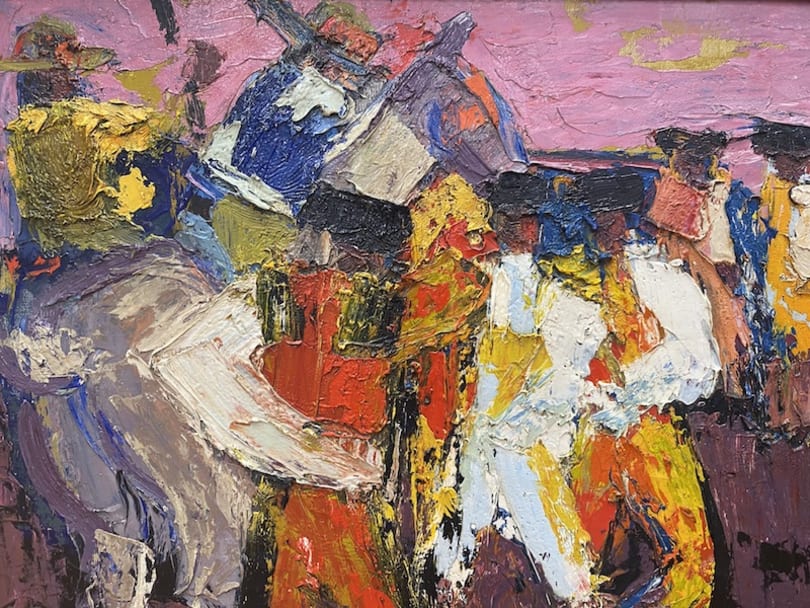
.jpg)


.jpg)


